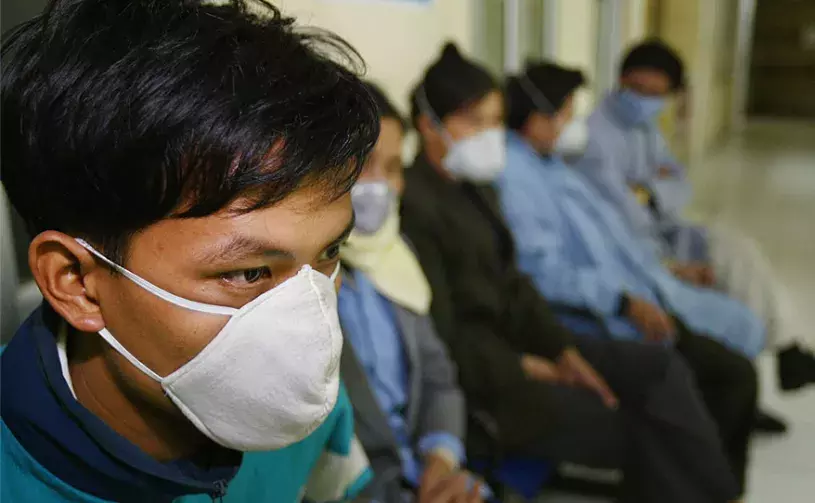Error message

Cities are expanding very rapidly in Asia, often without adequate housing, transportation, water, or sanitation. These new "peri-urban" areas may be hot spots for disease, both in humans and domestic animals. Research into the possible link between unplanned urban expansion and disease outbreaks compared patterns of land-use change with two major outbreaks in Vietnam of highly pathogenic avian influenza (HPAI, subtype H5N1) that killed millions of chickens between 2003 and 2005. Work began by classifying communes into land-use categories: rural, peri-urban, urban, and urban core. The study found that peri-urban communes had at least a 150 percent higher risk of experiencing an H5N1 outbreak than did other types of commune, and that urbanization entails a spatial convergence of several key risk factors for H5N1 transmission. By focusing prevention programs on communes with these factors, the Vietnamese government can potentially improve disease prevention at lower cost. This research may also help explain the epidemiology of other infectious diseases, both in humans and livestock.
Photo: Vietnamese family members wait for news of their relatives hospitalized with a respiratory illness similar to the Bird Influenza (also called Avian Flu) at the Bach Mai hospital, National Institute of Infectious and Tropical Diseases January 22, 2004 in Hanoi, Vietnam. (Photo by Paula Bronstein/Getty Images)
Cities are expanding very rapidly in Asia, often without adequate housing, transportation, water, or sanitation. These new "peri-urban" areas may be hot spots for disease, both in humans and domestic animals. Research into the possible link between unplanned urban expansion and disease outbreaks compared patterns of land-use change with two major outbreaks in Vietnam of highly pathogenic avian influenza (HPAI, subtype H5N1) that killed millions of chickens between 2003 and 2005. Work began by classifying communes into land-use categories: rural, peri-urban, urban, and urban core. The study found that peri-urban communes had at least a 150 percent higher risk of experiencing an H5N1 outbreak than did other types of commune, and that urbanization entails a spatial convergence of several key risk factors for H5N1 transmission. By focusing prevention programs on communes with these factors, the Vietnamese government can potentially improve disease prevention at lower cost. This research may also help explain the epidemiology of other infectious diseases, both in humans and livestock.
Photo: Vietnamese family members wait for news of their relatives hospitalized with a respiratory illness similar to the Bird Influenza (also called Avian Flu) at the Bach Mai hospital, National Institute of Infectious and Tropical Diseases January 22, 2004 in Hanoi, Vietnam. (Photo by Paula Bronstein/Getty Images)







